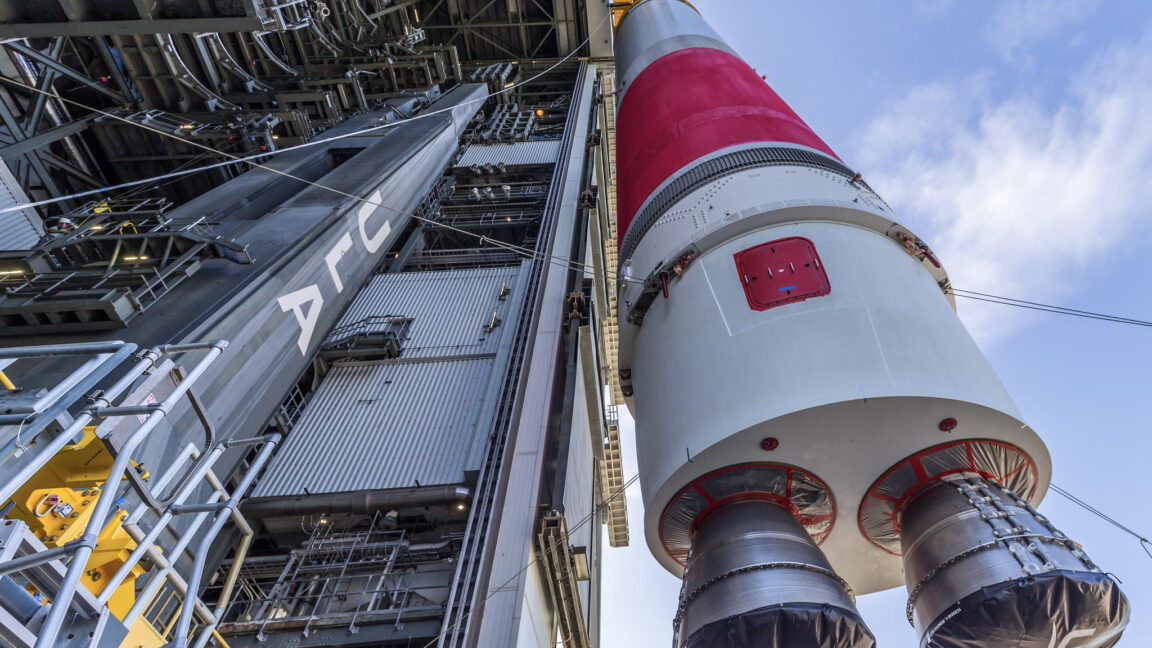
ULA crews at Cape Canaveral have already stacked the next Vulcan rocket on its mobile launch platform in anticipation of launching the USSF-106 mission. But with the Space Force’s Space Systems Command still withholding certification, there’s no confirmed launch date for USSF-106.
So ULA is pivoting to another customer on its launch manifest.
Amazon’s first group of production satellites for the company’s Kuiper Internet network is now first in line on ULA’s schedule. Amazon confirmed last month that it would ship Kuiper satellites to Cape Canaveral from its factory in Kirkland, Washington. Like ULA, Amazon has run into its own delays with manufacturing Kuiper satellites.
“These satellites, built to withstand the harsh conditions of space and the journey there, will be processed upon arrival to get them ready for launch,” Amazon posted on X. “These satellites will bring fast, reliable Internet to customers even in remote areas. Stay tuned for our first launch this year.”
Amazon and the Space Force take up nearly all of ULA’s launch backlog. Amazon has eight flights reserved on Atlas V rockets and 38 missions booked on the Vulcan launcher to deploy about half of its 3,232 satellites to compete with SpaceX’s Starlink network. Amazon also has launch contracts with Blue Origin, which is owned by Amazon founder Jeff Bezos, along with Arianespace and SpaceX.
The good news is that United Launch Alliance has an inventory of rockets awaiting an opportunity to fly. The company plans to finish manufacturing its remaining 15 Atlas V rockets within a few months, allowing the factory in Decatur, Alabama, to focus solely on producing Vulcan launch vehicles. ULA has all the major parts for two Vulcan rockets in storage at Cape Canaveral.
“We have a stockpile of rockets, which is kind of unusual,” Bruno said. “Normally, you build it, you fly it, you build another one… I would certainly want anyone who’s ready to go to space able to go to space.”
Space Force officials now aim to finish the certification of the Vulcan rocket in late February or early March. This would clear the path for launching the USSF-106 mission after the next Atlas V. Once the Kuiper launch gets off the ground, teams will bring the Vulcan rocket’s components back to the hangar to be stacked again.
The Space Force has not set a launch date for USSF-106, but the service says liftoff is targeted for sometime between the beginning of April and the end of June, nearly five years after ULA won its lucrative contract.
https://arstechnica.com/space/2025/02/ulas-vulcan-rocket-still-doesnt-have-the-space-forces-seal-of-approval/

